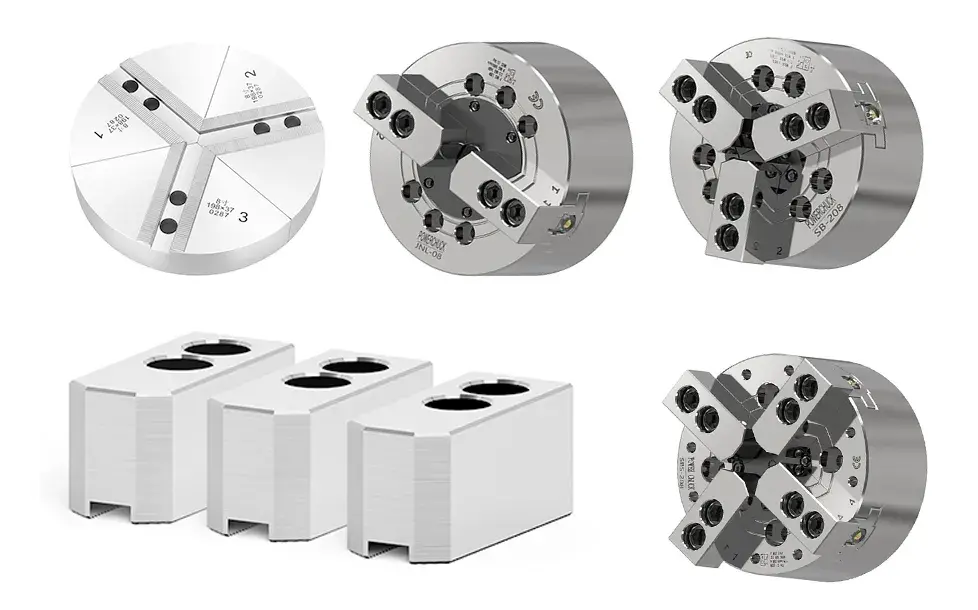Stainless steel is a popular material for a wide range of applications, thanks to its corrosion resistance, strength, and durability. When it comes to choosing the right type of stainless steel for your project, two of the most commonly used grades are 304 and 430. In this article, we will compare the differences between 304 vs 430 stainless steel, and help you make an informed decision. We will also discuss how CNC machining services can help you achieve your project goals, regardless of the type of stainless steel you choose.

Composition
304 stainless steel is an austenitic stainless steel that contains a minimum of 18% chromium and 8% nickel, with a maximum carbon content of 0.08%. This combination of chromium and nickel gives 304 stainless steel its excellent corrosion resistance and makes it suitable for a wide range of applications, including kitchen equipment, chemical processing, and medical devices. Its composition also makes it easy to weld and form, and it has high strength at elevated temperatures.
430 stainless steel is a ferritic stainless steel that contains 17% chromium and 0.12% carbon. It does not contain nickel like 304 stainless steel, but it is still highly resistant to corrosion and has good thermal conductivity. It is commonly used in applications such as automotive trim and molding, kitchen appliances, and decorative trim. Its composition also makes it easy to form and weld, and it has good magnetic properties.
Properties
304 stainless steel has excellent corrosion resistance, good weldability, and high strength at elevated temperatures. It is also non-magnetic, making it ideal for applications where magnetic interference is a concern. However, it can be prone to corrosion in chloride environments, such as near the ocean or in areas with high levels of pollution. 304 stainless steel is also relatively expensive compared to other types of stainless steel.
430 stainless steel has lower corrosion resistance than 304 stainless steel, but is still highly resistant to corrosion in non-chloride environments. It also has good formability and weldability, making it a popular choice for automotive trim and molding. However, it is magnetic, which can be a disadvantage in certain applications. 430 stainless steel is also more affordable than 304 stainless steel.
Applications
304 stainless steel is used in a wide range of applications, including kitchen equipment, chemical processing, and medical devices. It is also commonly used in the construction industry for structural components and fasteners. Its excellent corrosion resistance and strength make it ideal for applications where durability and reliability are essential.
430 stainless steel is often used for automotive trim and molding, kitchen appliances, and decorative trim. It is also used in the production of roofing and siding materials, as well as in the construction of chimneys and ducts. Its affordability and good formability and weldability make it a popular choice for applications where cost is a consideration.
Choosing the Right Type for Your Project
The choice between 304 vs 430 stainless steel ultimately depends on the specific needs of your project. If corrosion resistance and non-magnetism are a top priority, 304 stainless steel may be the best choice. If cost is a concern and magnetic interference is not an issue, 430 stainless steel may be a more economical option. Other factors to consider include formability, weldability, strength, and durability.
No matter which type of stainless steel you choose for your project, CNC machining services can help you achieve your project goals. CNC machining offers precise and accurate results, regardless of the type of material used, and can help you create complex shapes and designs with ease. Whether you are working with 304 or 430 stainless steel, a skilled CNC machining service provider can help you create high-quality parts and components that meet your exact specifications.
When choosing between 304 vs 430 stainless steel for your project, it’s important to consider the specific needs and requirements of your application. Both grades have their own unique advantages and disadvantages, and the right choice will depend on factors such as corrosion resistance, magnetism, cost, formability, weldability, strength, and durability. With the help of a reliable CNC machining service provider, you can create high-quality parts and components that meet your project goals and exceed your expectations.



